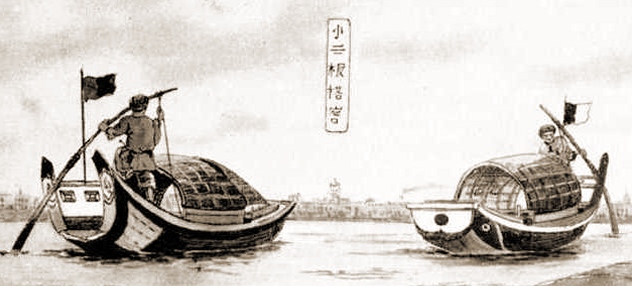I have seen 'Single-oar sculling' on Gondola's and in crowded harbors (i.e Asia). From what I have seen on TV it looks like it is mostly an attempt to combine higher sight lines (paddle while standing) and paddling in a narrower path (i.e. the power stroke can be inside the beam of the boat, unlike a row boat that has oars extending several feet to each side)
Single-oar sculling is the process of propelling a watercraft by moving a single, stern-mounted oar from side to side while changing the angle of the blade so as to generate forward thrust on both strokes. The technique is very old and its origin uncertain, though it is thought to have developed independently in different locations and times. It is known to have been used in ancient China,[4] and on the Great Lakes of North America by pre-Columbian Americans. Source
In recreational boating you normally expect to have less traffic and are less desirous of spending all your paddle time standing.
Is there any current usage of 'Single-oar sculling' in recreational boating?
